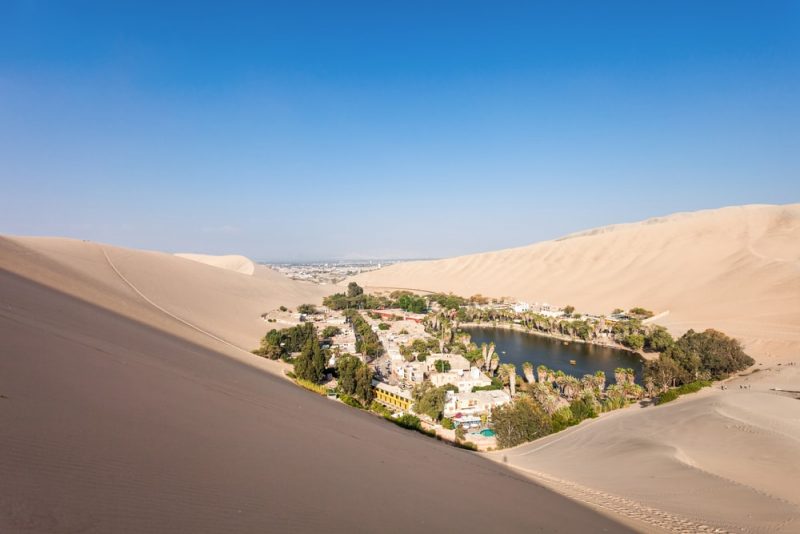A biome It is a region of the earth’s surface that presents similarities in terms of climate, flora and fauna, thus constituting identifiable areas by the set of predominant ecosystems in them. Also called biotic area or bioclimatic landscape.
In this way, attending to their basic characteristics and determinants, such as latitude, temperature, height, soils and rainfall, it is possible to trace different of these regions on the earth’s surface, taking into account the complex relationships between soil, vegetation and fauna to define each one separately.
The same biome can have various local names, but enter biogeographically in the same category. Furthermore, the term biome should not be confused with others such as ecozone, habitat or ecoregions.
The number of biomes in the world is finite and covers all known places to date, namely:
- 14 terrestrial biomes
- 12 freshwater biomes
- 5 marine biomes
Biome examples
- Steppe. A biome with low rainfall, flat territory and herbaceous vegetation is usually found far from the sea, in regions of wide thermal variation and soils rich in minerals but scarce in organic matter. It is often considered a cold desert, in contrast to the torrid ones, although they tend to occupy smaller extensions, such as the steppes of Asia, North America and Argentine Patagonia, or the high plateau of the Andean Puna.
- Desert. Predominantly arid biome, with little rainfall and little vegetation, although flora and fauna tend to adapt to harsh living conditions. There are hot deserts, such as the one that covers North Africa (the Sahara), or frozen or polar deserts, such as the frozen plateau of Antarctica, whose cold climate prevents the formation of rain. In this sense, you can also find sandy, rocky and frozen deserts. It is a vast biome, which covers almost a third of the planet: 50 million square kilometers, of which 53% are in warm climates and the rest in cold climates.
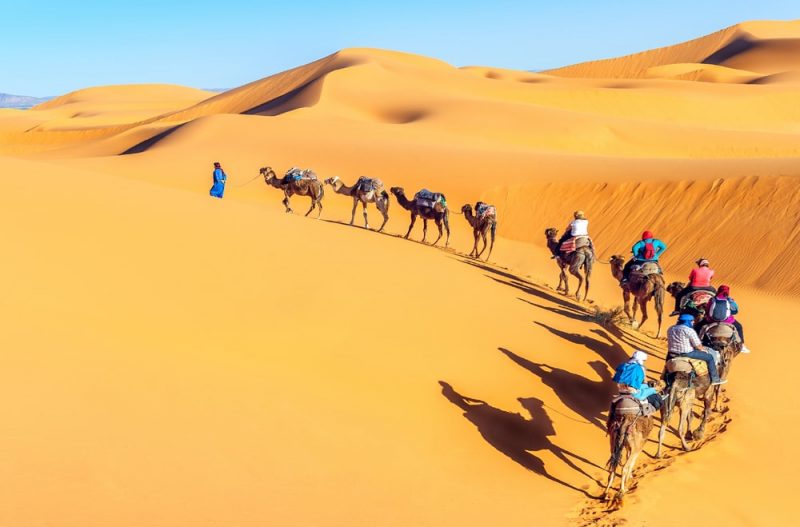
- Tundra. Characterized by its low temperatures and frozen soil, the tundra is a low vegetation biome typical of the polar zones, which occupies a fifth of the planet’s surface. With an important presence of mosses, lichens and swampy soil, abundant in peat bogs, the tundra is prevalent in Siberia, Alaska, Canada and Greenland, in the northern hemisphere, and the southern extremes of Chile and Argentina, as well as the subantarctic islands near sea level, in the other hermisphere. These are biomes close to the polar circles and that is why they tend to have cold climates and short summer, whose maximum temperatures do not exceed 10 ° C. On many occasions the permafrost (freezing of the ground).
- Meadow. This biome includes temperate grasslands and shrubs, located in areas of very low rainfall (300 to 1500mm per year) to host forests, but enough to not be considered desert areas. Its fertile soil, with many layers and abundant organic matter, product of the short life cycle of the vegetation, is ideal for growing corn, wheat and other food plants. Its cold winters and warm summers are typical of the North American areas or the Argentine pampas, as well as the South African Veld or the Austrian savannah.
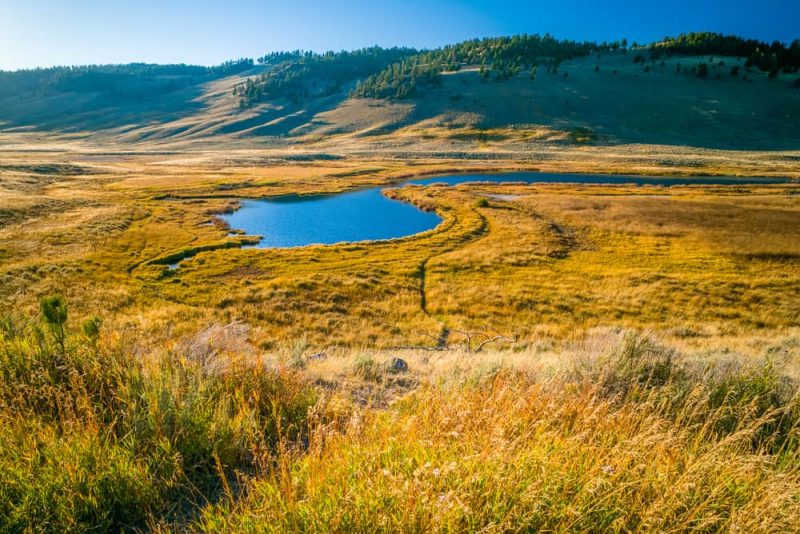
- Chaparral. Known as the Mediterranean forestIt is characteristic of regions with a pleasant climate, with more or less abundant rainfall in winter and hot, dry summers in which there is a danger of fire. They are typical biomes of the Mediterranean area, California and the Mexican northwestern coast, as well as Chile and Australia. They do not usually have a very high animal biodiversity, although in the European case that of migratory birds is. This does not mean that it is an uninhabited biome: it tends to host large numbers of insects, lizards and rodents.
- Taiga. Also called boreal forest, the taiga is the largest forest area on the planet. Its almost exclusive vegetation of tall conifers and evergreen leaves, such as firs, maples and pines, and they present abundant herbivorous fauna. Geographically they are exclusive to the northern hemisphere, staying in Siberia and European Russia, as well as Alaska and Canada, where it is besieged by the steppe to the south and the tundra to the north.
- Rain forest. Occupying extensive regions near the equator, both in South America (the Amazon), as well as in Africa (the Congo jungle), Asia and Oceania, it is the biome with the highest abundance and biomass existing on the planet. Its lush vegetation of height and abundant crown guarantees a fertile and humid soil, thanks also to the frequent and abundant annual rainfall and the warm climate without winter. The forests are the great reservoir of biodiversity in the world (50% of the known species) despite occupying a strip of less than 7% of the earth’s surface.
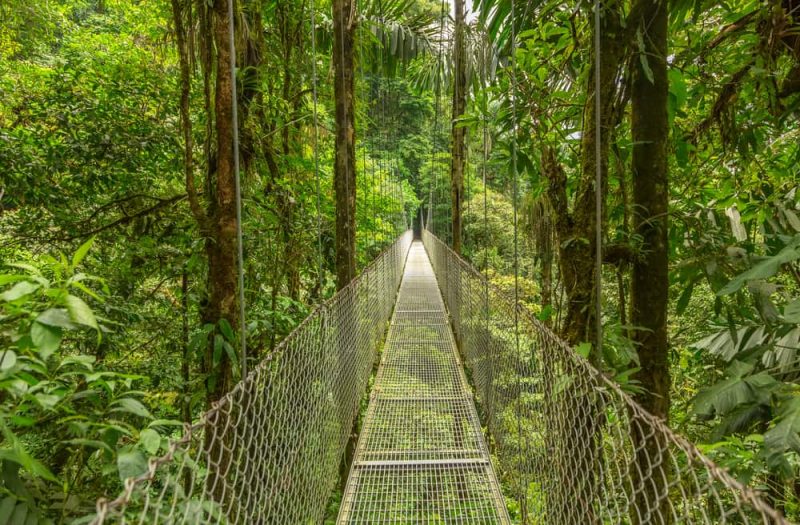
- sheet. Zones in transition between jungles and semi-deserts are usually called this way, since they combine forest and grassland characteristics. They are found in tropical and subtropical areas with a dry climate, such as the Serengeti in Tanzania or the Colombian-Venezuelan plains. The vegetation in the savannah is shrubby or herbaceous, and its warm and friendly climate, between 20 and 30 ° C.
- Mangrove swamp. These biomes formed in intertidal zones (close to the sea) of tropical and intertropical latitudes, are characterized by the abundant presence of trees tolerant to the salinity of the water and the environment (usually mangroves), as well as by a diverse and abundant fauna of the coastal. They are typical amphibian and water habitats with abundant organic matter, such as marshes and estuaries, with soft sand, silt or clay bottoms.
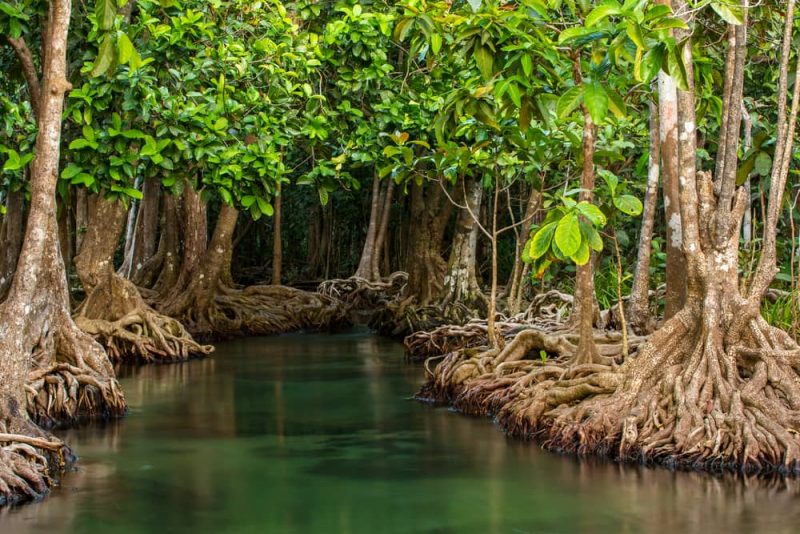
- Deciduous forest. A rare biome in the world, it is a temperate forest of deciduous trees adapted to the duality of a cold and dry winter climate, and a humid and hot summer, such as fir and elm. It is also known as temperate hardwood forest and it can be found in the northern hemisphere in humid continental areas of Japan, Korea, Canada, Russia and the United States.
- Wetland. These are grouped with this name to the areas of very high humidity, generally flat, with a generally flooded surface and low in oxygen, a mixture between aquatic and terrestrial ecosystems: swamps, swamps, marshes, peatlands, as well as, depending on the classification, mangroves and estuaries of rivers or seas. These areas rich in decomposing organic matter present hydrophytic vegetation, amphibian fauna and abundant endemic species.
- Oceans. The oceanic biome comprises the set of seas and oceans, as well as their coastal strips, from which they are distinguished according to the depth that the water reaches. They are areas of gigantic biodiversity, predominantly coastal, reef and deep, as well as abyssopelagic: adapted to the fringes without light and enormous pressure of the seabed. The marine flora is restricted to phytoplankton, algae and other minor plant forms.
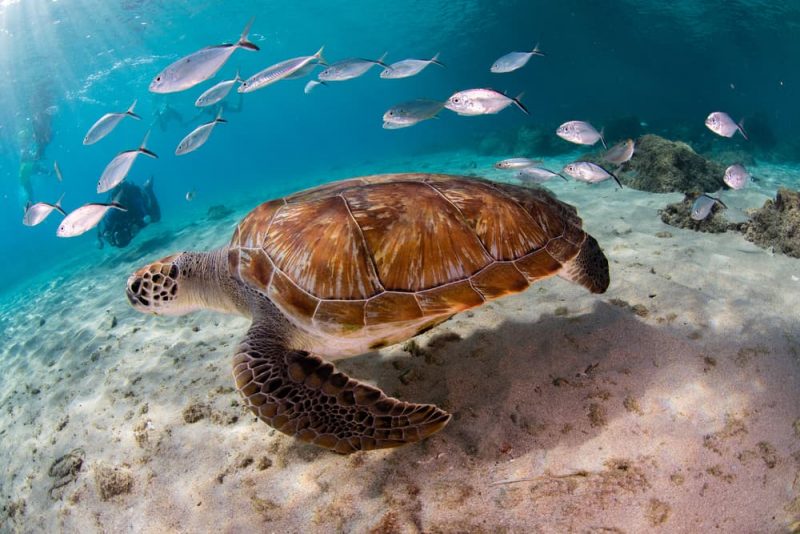
- Sweet waters. In this group are the great rivers and lakes, as well as the frozen waters of the poles, whose saline presence is less and is distinguished from the oceanic biome. They are abundant with amphibian and reptile species, birds and insects adapted to aquatic life, as well as freshwater fish and mixed vegetation, algae and lilies. The polar case is an exception, since life subjected to polar aridity is restricted to endemic species and to certain forms of moss and resistant vegetation.
- Anthropogenic biomes. Perhaps the most complicated biogeographic category, since it aspires to account for the areas in which man has left his mark and has adapted the climate, soils, vegetation and fauna at his mercy, both directly and indirectly. There would enter cities and urban landscapes, but it is a category in need of discussion.
- Oasis. Found within the warm desert biome, they are spaces of abundant water and vegetation, and therefore fauna, emerged in the middle of the sandy areas. In many of them there are human settlements and even crops, such as those of the Sahara, the Arabian peninsula or Parras de la Fuente in Mexico.
